 It’s fairly well recognised now that virtual environments provide a powerful collaboration solution for business -it’s just widespread adoption that’s yet to occur as real-world ROI cases are still fairly sparse. Forterra Systems are a virtual worlds provider we’ve covered a few times before, and their focus is very much business and government.
It’s fairly well recognised now that virtual environments provide a powerful collaboration solution for business -it’s just widespread adoption that’s yet to occur as real-world ROI cases are still fairly sparse. Forterra Systems are a virtual worlds provider we’ve covered a few times before, and their focus is very much business and government.
With the recent concern over the 2009 H1N1 Flu Virus (colloquially known as ‘Swine Flu’, there’s been quite a bit of focus on the impact of a true pandemic on the population as a whole. Businesses are obviously concerned about their ability to maintain operations in an environment where a significant proportion of their staff may be out of action and the rest are concerned about going the same way. Within that context, Forterrra have repackaged their OLIVE platform as RemoteOperations. Being the cynic I am, I initially assumed this was smart marketing and not a lot else, so I touched base with Forterra’s VP of Marketing, Chris Badger:
Lowell: Is this version of your software different in any way i.e. is this an evolution of your offering or a pitch of your current offering’s usefulness for continuity of operations?
Chris: RemoteOperations is a new use case or application for our software. There are no new features we are introducing with this announcement. However one of the details in the announcement is that Forterra is now offering both hosted and SaaS options for organizations. We are providing these options to help both small and medium sized businesses who don’t have any or much IT staff to manage this technology themselves. In addition our SaaS offering is packaged as a monthly user subscription so its a very affordable way for any organization to start using a business oriented virtual world in a pilot or test. The SaaS offering is going through a beta program now so we can refine the offering based on the customer feedback. However we can accept other interested parties into the beta program if they want to participate. We will do a formal announcement about the SaaS offering early next year.
Lowell: Do you have any entities on board as pilot sites for that purpose at this stage?
Chris: We discovered that several of our leading customers were in fact using OLIVE as a business continuity application as one of many use cases for OLIVE. For example one of these customers is a large Italian bank who is using OLIVE for meetings, events, employee skills training, business continuity, and emergency preparedness simulations/training, ie explosion in their data center. Within our own company we have had about 10% to 20% of our own employees come down with severe colds or the flu in the last 6 weeks. No one has swine flu yet! Of course we send them home but they can still participate in project planning and status meetings using OLIVE. The point we discovered is that the business continuity application is a very real, timely solution using OLIVE that has not received much visibility within the industry.
Lowell: For the option hosted by Forterra, what sort of continuity of operations / redundancy do you have in case of a severe outbreak? How will you ensure you can keep things running yourself if it were a true pandemic.
Chris: Both our hosted and SaaS offerings are fully redundant and have fail over capabilities. When we do our formal announcement of the SaaS offering we will mention that service level agreements are provided that assure high availability and uptime.
As you likely know the experts indicate a pandemic can force a company to operate with only 60% or 50% of their staff. Our operations group is large enough and every one is cross trained so we can support our customers even if 50% of our operations staff can’t work. There is rarely much hardware support work required, which our hosting provider does and they are very large. Our own operations team can do their craft at work or at home. As we have personally experienced we can have employees staying at home with the flu but they still get a few hours of work done using OLIVE. Ultimately the service level agreement with our customers assures them of uptime and availability independent of any issues we have to deal with.
—-
It’s far from certain that the H1N1 virus will evolve to a pandemic, but what’s more certain is the need for effective remote operations solutions given the increasingly dispersed workforce for larger businesses in particular. Business continuity plans that factor in newer solutions may be considered a riskier approach, but it could also help to ensure real continuity rather than holding things together for a few days. One of the specific challenges of a pandemic is the potential length of time a business may need to run on reduced staff: this is the test for products like the one Forterra are offering. If they provide a true collaboration solution for extended situations, then expect to see even conservative businesses taking a closer look.
 Linden Lab will announce today that their second “work offering”, Second Life Enterprise, is entering an open beta period, prior to release. The preliminary beta for the Second Life Enterprise has been
Linden Lab will announce today that their second “work offering”, Second Life Enterprise, is entering an open beta period, prior to release. The preliminary beta for the Second Life Enterprise has been 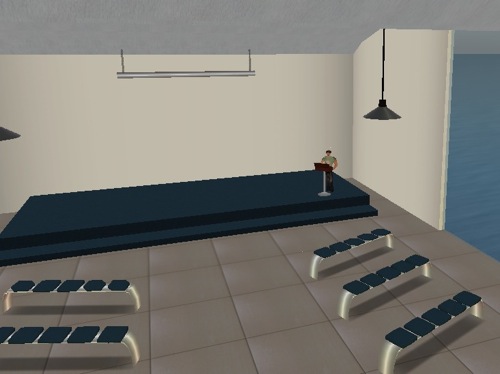
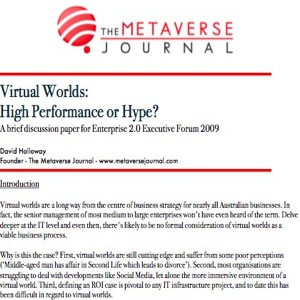 Today, I had the pleasure of facilitating four small group sessions at the
Today, I had the pleasure of facilitating four small group sessions at the NoviCraft is one of the more fascinating virtual world business offerings by Finnish company,
NoviCraft is one of the more fascinating virtual world business offerings by Finnish company, 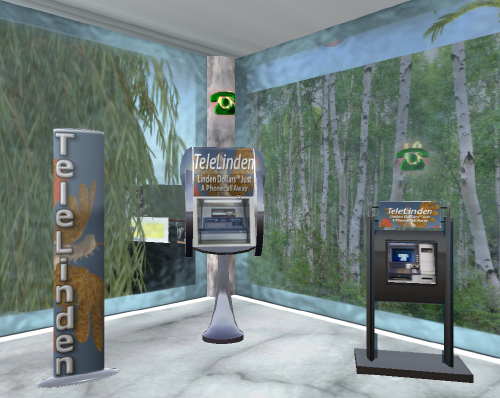
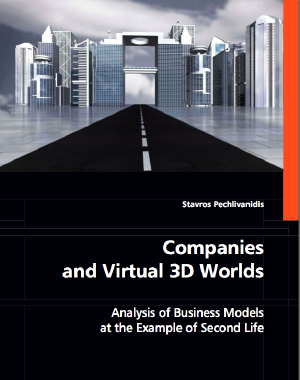 There’s an ever-growing pile of books on virtual worlds available, ranging from tour guides to detailed ethnography.
There’s an ever-growing pile of books on virtual worlds available, ranging from tour guides to detailed ethnography. A survey
A survey 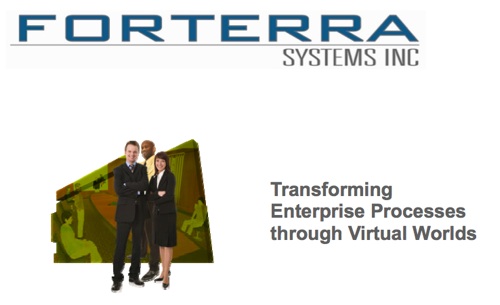


Recent Comments